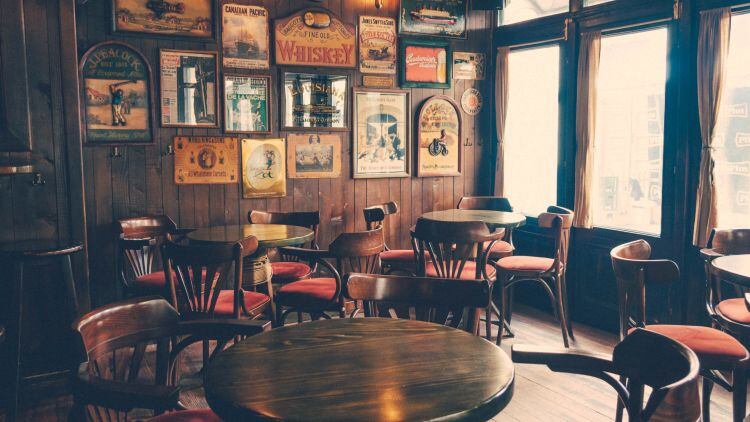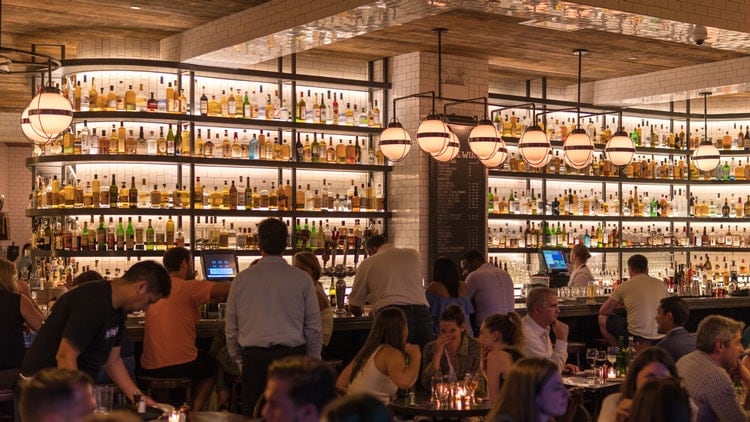NPD Group’s Pub Tracker gave insights into sales and visit patterns at British pubs for the year ending July 2019.
The research also found the most popular time for visits to the pub was lunch with more than a third (38.6%) of visits taking place at that time, this was followed by dinner (34.4%) and breakfast (10.2%).
Sales for the meal times also saw lunch as the most valuable occasion with 43.5% of sales coming from the afternoon meal, again followed by dinner (39.2%) and breakfast (6.3%).
The data also revealed the different age groups that are visiting the pubs and how these groups are growing or decreasing their share of visits.
Under-18s’ share in visiting pubs was down by 0.5 percentage points, the 18 to 24-year-old group was up 0.7 percentage points and the 25 to 34-year-olds category was also up by 0.1 percentage point.
The 35 to 49-year-olds group was visiting the pub more – up 0.2 percentage points, while 50 to 64-year-olds had no change and the over-65s collective was down 0.5% percentage points.
Meal occasions
Meanwhile, adult-only meal occasions saw a drop of 1.2% year on year for the period to the year ending July 2019 against the same period in 2018. Parties with kids of all ages fell by 1.4% and account for 29.3% of all pub meal occasions.
NPD Group insights manager Adele Pritchard said: “Pub visits are in decline in the year ending July 2019 with a drop of 1.2%.
“These visits are performing behind the growth of the wider out-of-home market, which is virtually static (up 0.1%).
“This visit decline is due to reduced weekend visits, which have dropped by 2.4% in the past year. Moreover, weekend visits driven specifically by the motivation of ‘socialising’ have dropped by 6.6% year on year.”
Pritchard also said the weekend socialising visits tend to bring a higher average spend because they are associated with larger groups and with people buying rounds.
Cutting back
She added: “The danger is any consumer seeking to reduce spending might see ‘the weekend’ as an obvious occasion to cut back.
“Customers in older age groups (aged over 50) are another area of concern for pubs. Visits by the 50 to 64-year-olds age group are static while for the over-65s age group, they declined by 0.5 percentage points.
“This is in contrast to the 18 to 24-year-old age group, which continues to show growth (0.7 percentage points up for the year ending July 2019).”
“More and more pubs are modernising to accommodate the younger age groups, as historically they have been difficult to capture.”
She went on to give the example of BrewDog, which offers a full vegan menu as well as games and activities at some of its sites.
Pritchard said: “These initiatives have successfully attracted younger visits. At the same time, pub operators must avoid focusing on the younger demographic at the expense of older customers, many of who are often just after a traditional meal and quiet drink.
“This is because the older demographic is growing in size and becoming more important in relative terms as people live longer.
“To combat this, pubs could create separate areas to create a zoning effect – a good strategy for city pubs where there is a more mixed clientele. Versatile menus that do not deviate too much from tradition will also help pubs appeal to a wider demographic.”




